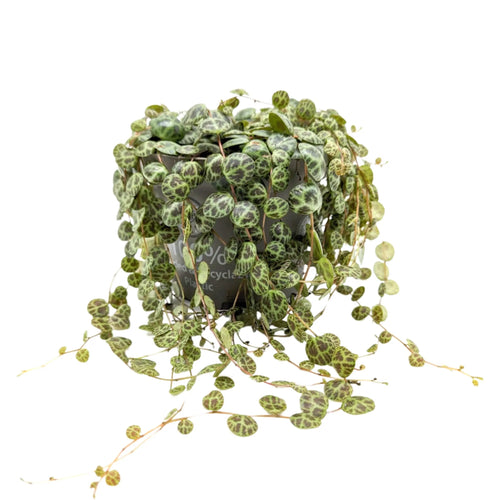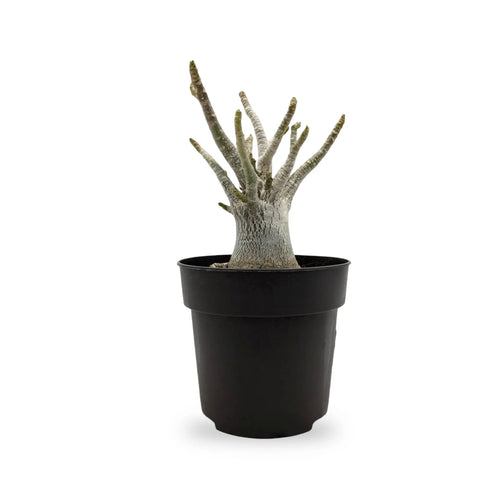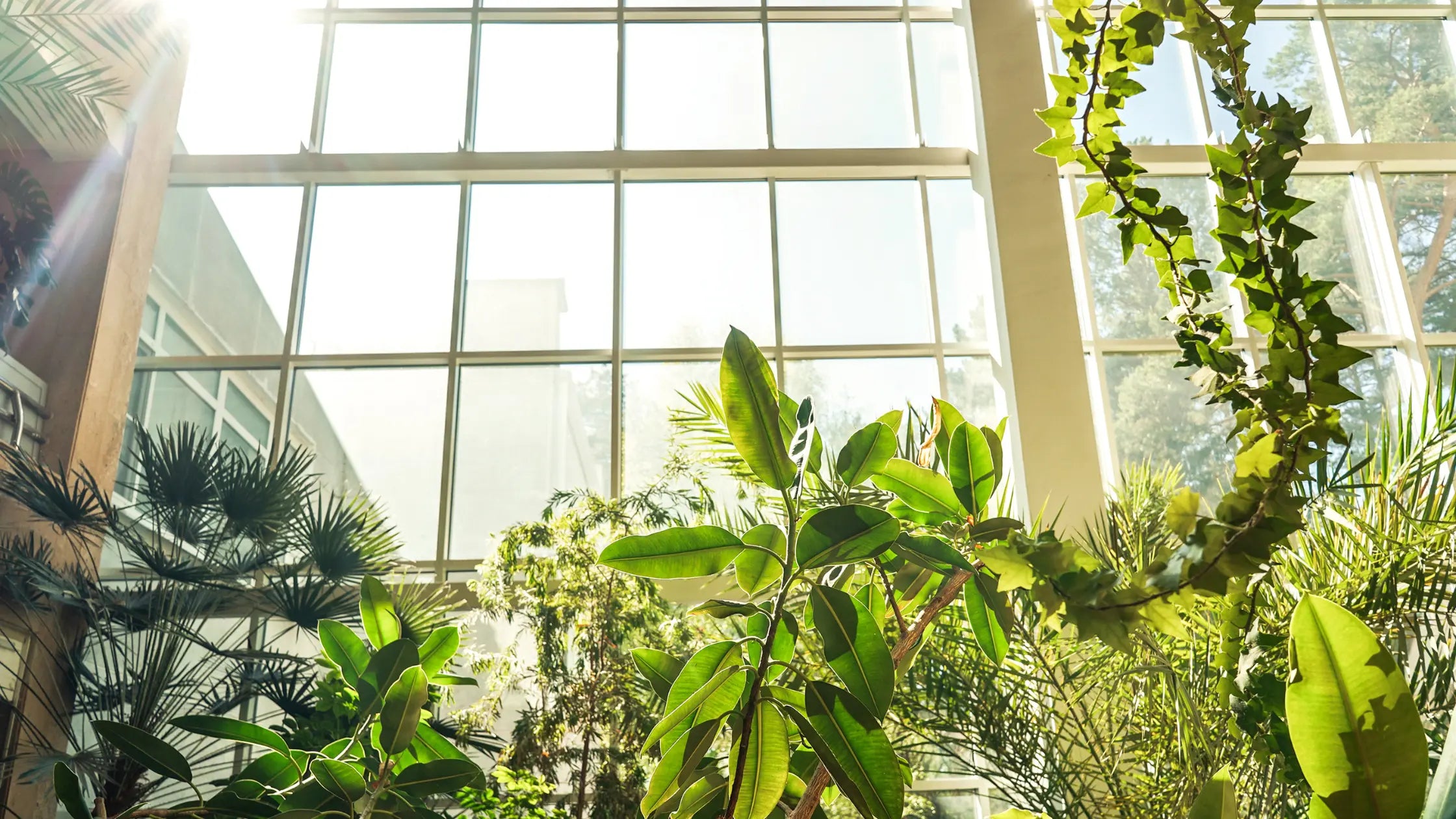For those seeking low-maintenance indoor plants that can tolerate occasional neglect, waxy-leaf houseplants are an excellent choice. These plants are not only beautiful but also resilient, making them perfect for busy individuals or beginners in indoor gardening. This guide covers essential details about these plants and provides tips on how to care for them effectively.
What Are Waxy Leaf Plants?
Waxy-leaf plants are characterized by their glossy, thick leaves coated with a natural wax-like substance. This protective coating helps the plant retain moisture, resist pests, and withstand challenging conditions. Waxy leaves also contribute to their aesthetic appeal, adding a touch of elegance to any indoor space. These plants come in various sizes, shapes, and colors, making them versatile and suitable for different interior design styles.
Popular Types of Waxy Leaf Houseplants
Here are some common houseplants with waxy leaves that are both attractive and easy to maintain:
-
Christmas Cactus (Schlumbergera)
-
Known for its vibrant flowers that bloom during the holiday season, the Christmas Cactus thrives with minimal watering. Its waxy leaves store moisture, making it a low-maintenance choice.
-
-
Wax Plant (Hoya)
-
This climbing plant is famous for its fragrant, star-shaped blooms and glossy, thick leaves. It’s ideal for hanging baskets or trellises and adds a charming touch to indoor spaces.
-
-
Kalanchoe
-
A popular succulent, Kalanchoe is admired for its thick, colorful leaves and clusters of tiny, vibrant flowers. It requires minimal care and is perfect for bright spots indoors.
-
-
Jade Plant (Crassula ovata)
-
The Jade Plant is a sturdy succulent with glossy, rounded leaves. It’s considered a symbol of good luck and prosperity, making it a popular addition to homes and offices.
-
-
Euphorbia
-
This diverse group of succulents features fleshy, wax-coated leaves that can survive in various conditions. Euphorbia varieties are known for their unique shapes and low water requirements.
-
These are just a few examples; there are many other waxy-leafed varieties, each with its unique charm and characteristics.
Benefits of Waxy Leaf Plants
Waxy-leaf houseplants offer numerous advantages, making them a favorite among plant enthusiasts. Here are some of their key benefits:
-
Moisture Retention
-
The waxy coating on their leaves helps reduce water loss, allowing the plants to survive with less frequent watering. This feature makes them ideal for those who occasionally forget to water their plants.
-
-
Air Purification
-
Many waxy-leaf plants are excellent at trapping pollutants and improving indoor air quality. They contribute to a healthier living environment by filtering toxins from the air.
-
-
Humidity Boost
-
These plants release moisture into the air through a process called transpiration, increasing indoor humidity. This can be particularly beneficial during dry seasons or in air-conditioned environments.
-
-
Stress Relief
-
Studies have shown that being around plants can reduce stress and enhance overall well-being. Waxy-leaf plants’ attractive appearance and low maintenance needs make them a calming presence in any space.
-
-
Low Maintenance
-
Their hardy nature and ability to tolerate occasional neglect make waxy-leaf plants an excellent choice for both beginners and experienced plant owners.
-
Potential Drawbacks
While waxy-leaf houseplants offer numerous benefits, there are a few considerations to keep in mind:
-
Susceptibility to Fungal Diseases
-
The retained moisture on the leaves and in the soil can make these plants prone to fungal infections if overwatered. Proper care and ventilation can help mitigate this issue.
-
-
Lighting Requirements
-
Many waxy-leaf plants thrive in bright, indirect light. Homes with low natural light may need supplemental lighting to ensure the plants grow well.
-
-
Cost
-
Some waxy-leaf plant varieties can be more expensive than other houseplants. However, their durability and longevity often make them a worthwhile investment.
-
Choosing the Right Waxy Leaf Plant
Selecting the perfect waxy-leaf plant for your space involves considering several factors:
-
Size
-
Assess the available space in your home and choose a plant that fits well. Larger varieties like the Rubber Plant (Ficus elastica) can make a bold statement, while smaller plants like Kalanchoe are ideal for compact spaces.
-
-
Lighting Needs
-
Understand the lighting conditions in your home and select a plant that matches those requirements. For example, Jade Plants thrive in bright light, while some varieties of Hoya can tolerate lower light levels.
-
-
Care Preferences
-
If you prefer minimal upkeep, opt for hardy varieties like succulents that require less frequent watering and attention.
-
How to Care for Waxy Leaf Houseplants
Caring for waxy-leaf houseplants is straightforward, but consistency is crucial to keep them thriving. Here are some essential care tips:
-
Watering
-
Allow the soil to dry out between waterings to prevent overwatering, which can lead to root rot. Most waxy-leaf plants prefer being slightly underwatered rather than overwatered.
-
-
Lighting
-
Place these plants in bright, indirect sunlight for optimal growth. Avoid exposing them to direct sunlight, which can scorch their leaves.
-
-
Fertilizing
-
Use a balanced, water-soluble fertilizer every few weeks during the growing season (spring and summer). Reduce fertilization during the dormant months (fall and winter).
-
-
Pruning
-
Regularly remove dead or damaged leaves to encourage healthy growth and maintain the plant’s appearance.
-
-
Pest Control
-
Inspect the plants periodically for pests like mealybugs or spider mites. Use a gentle insecticidal soap or neem oil to address infestations promptly.
-
Creative Ideas for Using Waxy Leaf Plants
Waxy-leaf houseplants can be used creatively to enhance your living space. Here are some ideas:
-
Terrariums
-
Incorporate waxy-leaf plants into terrariums for a stylish, self-contained display. Succulents like Kalanchoe and Jade Plants work particularly well in these setups.
-
-
Decorative Centerpieces
-
Use waxy-leaf plants as decorative centerpieces on dining tables, desks, or shelves. Their vibrant colors and textures can brighten up any space.
-
-
Hanging Displays
-
Arrange climbing plants like the Wax Plant in hanging pots or on shelves to add dimension and greenery to your interiors.
-
-
Gifting
-
Waxy-leaf plants make thoughtful and long-lasting gifts for friends and family. Pair them with a stylish pot for an added touch of elegance.
-
Final Thoughts
Waxy-leaf houseplants are an excellent choice for anyone looking to bring greenery into their home without the stress of high maintenance. Their resilience, combined with their aesthetic appeal, makes them a fantastic addition to any space. Whether you're just starting your indoor gardening journey or expanding your collection, these plants are sure to thrive with a little care and attention.
By choosing the right plant for your space and following the care tips outlined in this guide, you can enjoy the beauty and benefits of waxy-leaf houseplants for years to come. Their glossy leaves and hardy nature make them not only a visual delight but also a practical choice for enhancing your indoor environment.










